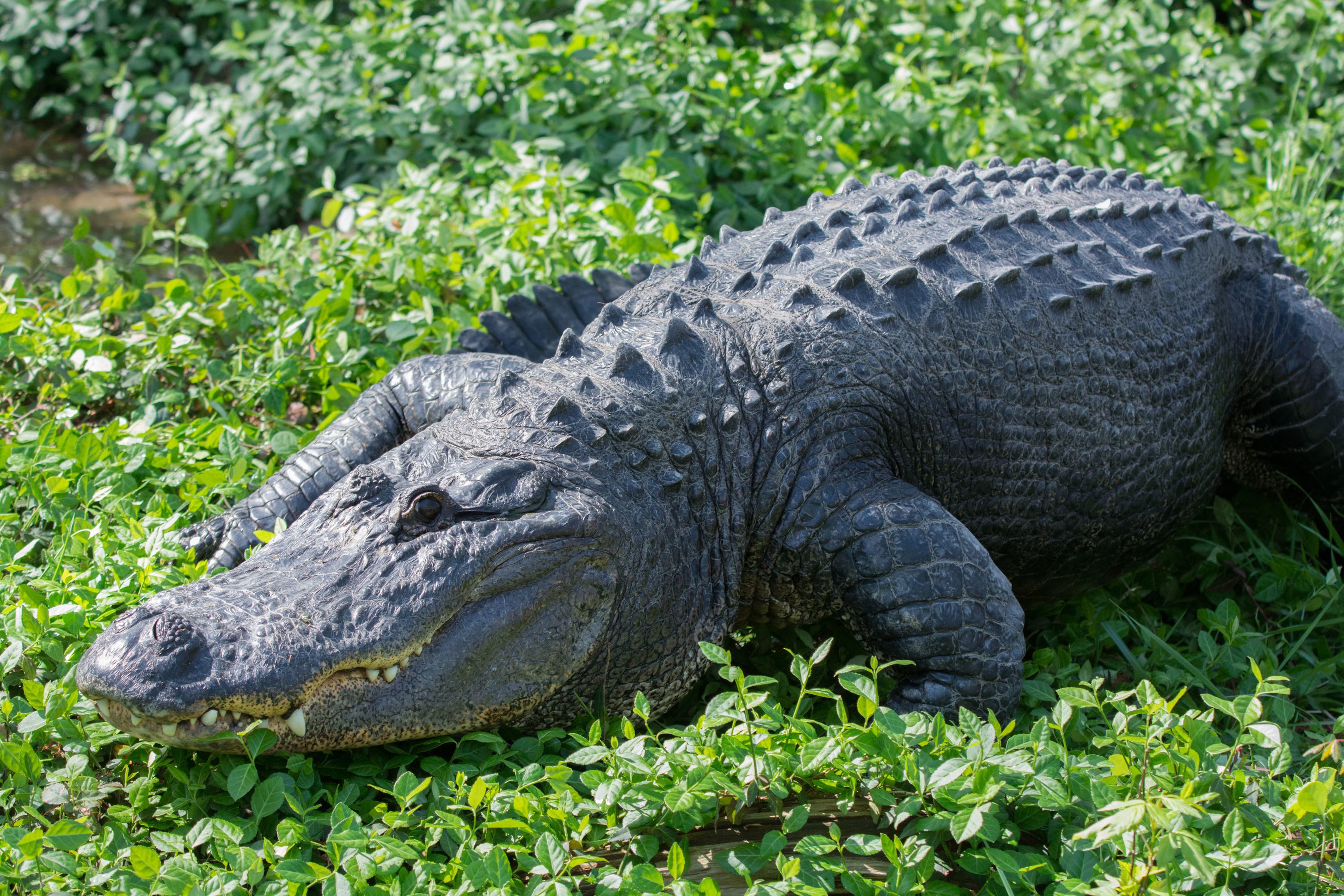Authors: Saint Louis Zoo Director of Research David Powell
Modern zoos and aquariums consider four activities as central to our mission. These include conserving wildlife at our facilities and around the world; educating the public about nature and how they can take meaningful conservation actions; providing a safe, fun recreational activity for all people; and conducting scientific research. Science in some form or another has been central to zoos since their inception. Even in the earliest zoos and menageries, animal care staff observed animals, learned about them, and sought ways to promote their survival and reproduction. Today, many zoos employ scientific staff from various disciplines (like animal behavior, reproduction, or physiology) or collaborate with local universities to conduct research. The Saint Louis Zoo formally started its research department in 1988 when it hired a reproductive physiologist. Today, the department includes six staff scientists and technicians as well as two scientists affiliated with the AZA Reproductive Management Center.
Another way that zoos contribute to science and society at large is through providing biomaterials to researchers based at (or from) other facilities. Biomaterials include things like blood, urine, saliva, skin, hair, feathers, scales, tissue samples, bones or whole skeletons–and yes, even poop–from zoo animals! These samples may be collected during routine physical exams, through positive reinforcement training, or when an animal dies.
A recent paper authored by staff at the Saint Louis Zoo highlighted these contributions to science. Using a survey of ten other zoos and the Saint Louis Zoo’s records of providing biomaterials to scientists, we were able to show that zoos are contributing to large numbers of research projects, supporting the work of many different scientists spread across universities, government and non-government agencies, other zoos, natural history museums, hospitals, schools, and other facilities. The ten other zoos studied were providing an average of nearly 140 biomaterials samples a year from an average of seven different species.

The Saint Louis Zoo is also a major contributor to externally-driven research. Since 2008, the Zoo has agreed to provide biomaterials for 85 different research projects covering up to 20 different species. Blood and feces are the most commonly requested types of biomaterials from zoos and most of the projects zoos support. Biomaterials from Saint Louis Zoo animals have been used in studies of genetics, animal health, physiology, reproduction, evolution, ecology, behavior, anatomy, and even forensics!
Most often, the biomaterials that zoos provide allow for research that relates to non-human animals both in human care and in the wild. For example, studies of viruses found in Attwater’s prairie chickens living in human care provide important information about how to better care for the species in zoos as well as to safeguard the endangered wild population. Blood samples from zoo polar bears were used to create tests for contaminants in the blood of wild polar bears to measure the impact of climate change on them. The Saint Louis Zoo provided samples from wood turtles to help develop a technique law enforcement can use to classify confiscated turtles as wild or captive-born.

Biomaterials from zoos are also used in research directly relevant to human well-being. For example, blood samples from alligators and Komodo dragons in zoos were used to look for anti-microbial proteins that could be useful in treating human disease and overcoming antibiotic resistance. Studies of gorillas’ brains have been used to better understand Alzheimer’s disease. Samples from elephants have been used to better understand tumor suppression (since cancer is rather rare in those species).
In addition to the scientific advantages, another benefit to zoo-supported biomaterials research is the education of future scientists. Nearly 40% of the biomaterials projects supported by the Saint Louis Zoo were part of an undergraduate or graduate thesis project!
Through biomaterials, zoo animals contribute to conservation of their relatives in the wild, even after they are deceased. This area is just one more way that zoos enrich and improve the lives of humans and animals around the globe!

